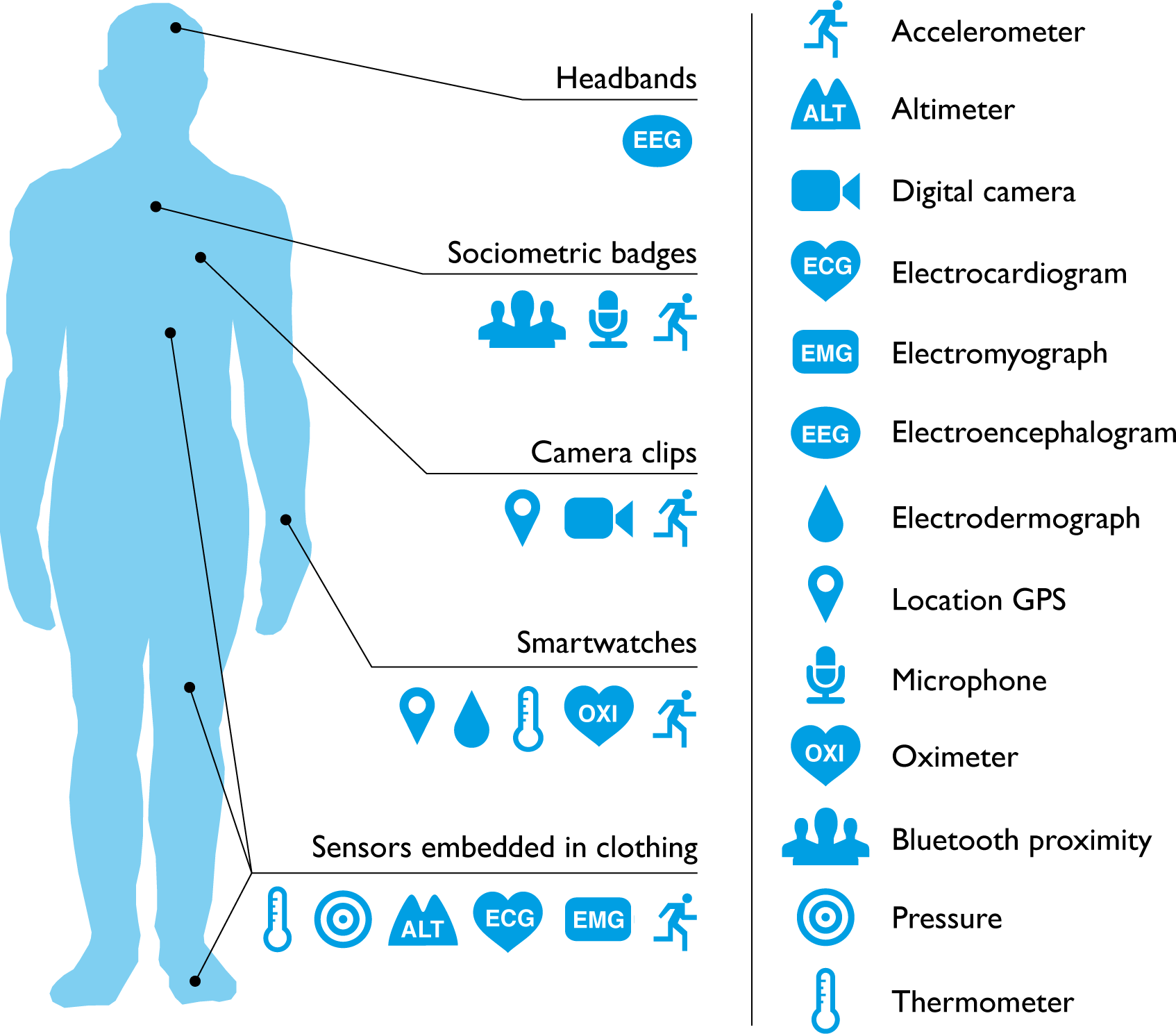We have entered a consumer health wearables revolution of epic proportion! Gartner analysts forecast that more than 274 million devices will be sold worldwide this year alone, with the Apple Smartwatch leading the charge. International Data Corporation (IDC) forecasts suggest global unit sales of 111 units, at least half as much as Gartner but still impressive. Regardless of which forecast you ascribe to, it’s clear that health wearables are here to stay. Moreover, their potential is endless:

PLOS Medicine 2016
However, while consumers are ‘lining up’ in droves to map their mileage, best their performances, form healthy(er) habits and boost their productivity quotients, how useful or more importantly accurate are these devices?
From a consumer perspective, reliability is important. Take activity trackers for example. Data demonstrate that while many models do pretty well in terms of reliably recording steps, overall, they tend to do less well for recording distance, energy expenditures and sleep quality. Part of the issue has been the rush to get to market, which often means that seamless user experience considerations and optimal design interfaces are overlooked. Current devices may also be limited in terms of their functionality above and beyond what the lot of them offer. As a recent piece in PLOS Medicine points out (and a challenge that we often encounter among our consumer packaged goods clients), the gap between designing a product that is associated with a healthier lifestyle and one that actually delivers on that promise (and has the evidence to show that it does) is large.
Consumers also need to be wary of privacy and data ownership issues. The PLOS authors caution that “users who buy wearable devices today do not own their data. Instead, data may be collected and stored by the manufacturer who sells the device,” who in turn, might sell it to the third party marketer. Consumers should also know that these devices often leave digital traces behind despite data removal, revealing otherwise personal information and leaving it open to manipulation or distortion. And as we pointed out on ESG Insights just last month, “most health apps have significant vulnerabilities, including unintended data leakage, client side malware, security decisions based on inputs deemed untrustworthy and encryption issues.” The upshot? Many companies are not adequately investing in security and the end-user patient journey will be significantly impacted.
Fortunately, the Smartwatch might represent one of the best ways to bridge the multiple gaps since both the Apple and Android versions improve on some of the user interface and design challenges inherent in more common activity trackers. Apple is taking the lead in adding capabilities regularly that may ultimately merge data and platforms to insure seamless collection, exchange and analysis. Notably, it is the latter that will allow the clinical community to get more deeply involved in determining a device’s ultimate reliability and utility. Indeed, Apple is developing an open-source software framework — the Research Kit — that will allow them to meet that mandate.
Lastly, if Apple can achieve its goals and make it easier to evaluate consumer health wearables for medical research, a path might open for the entire field (and other manufacturers) to address reliability, validity and safety as well as create a more avenues for adoption by healthcare professionals in their practices. Consumer health wearables are definitely on track for the revolution but may not be quite ready for prime time.

